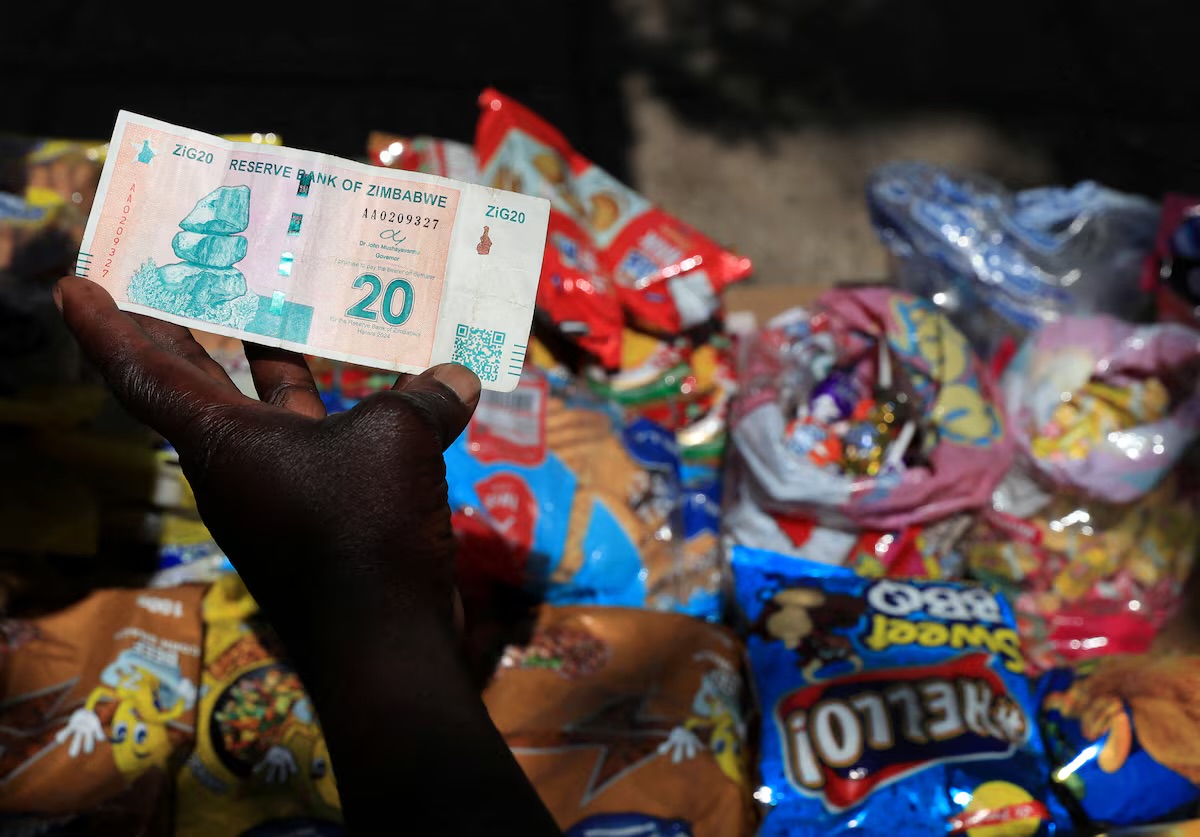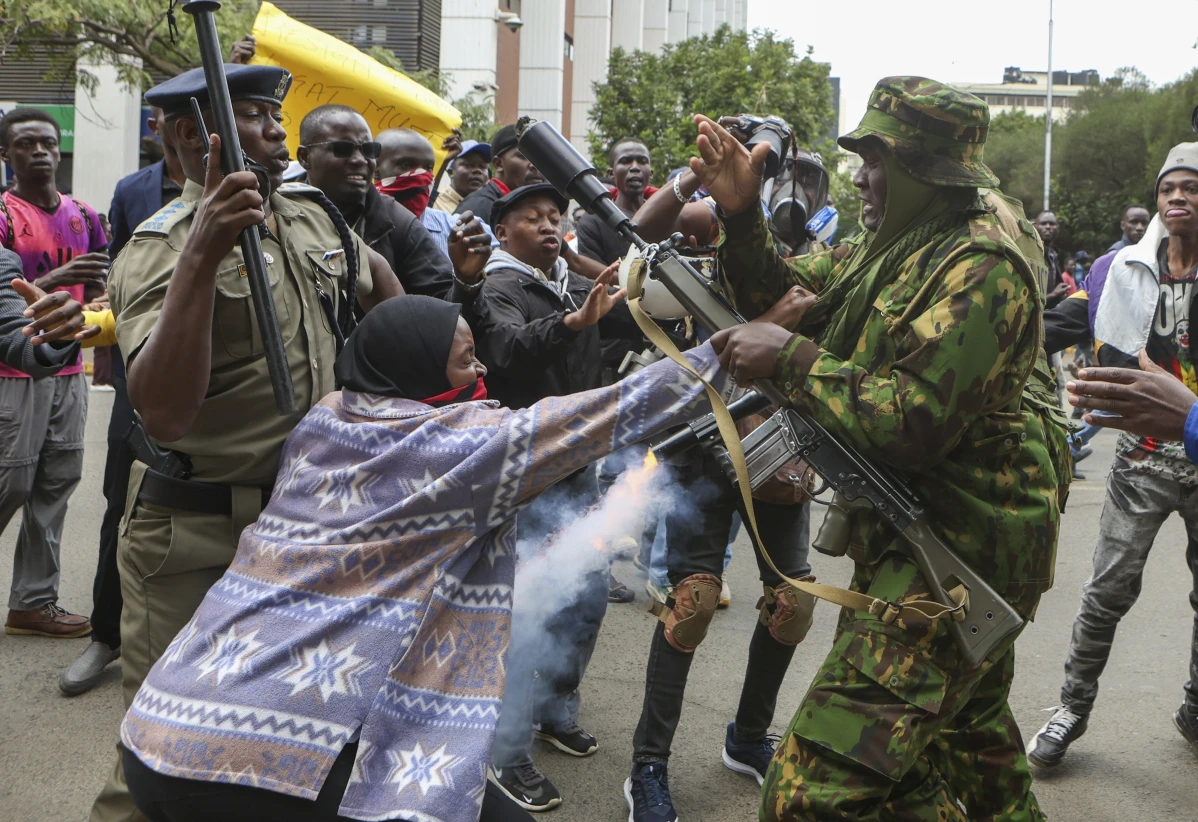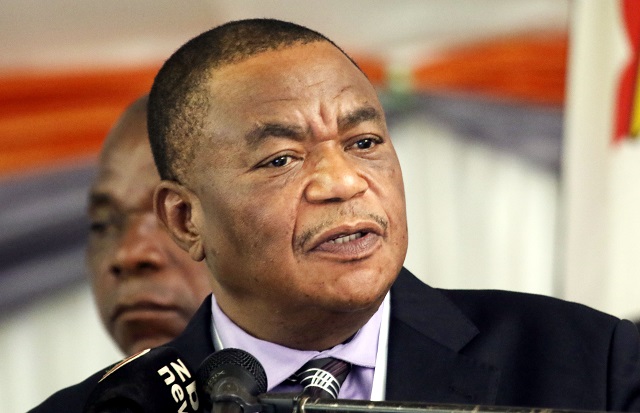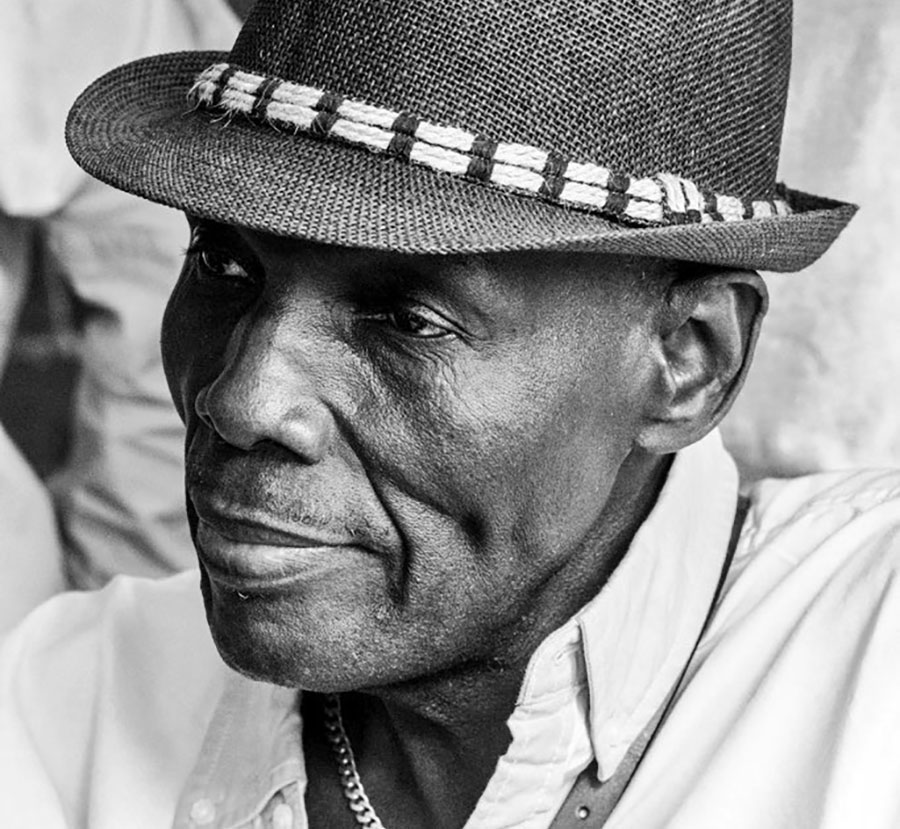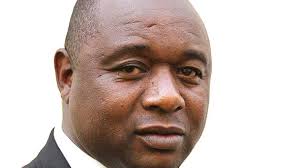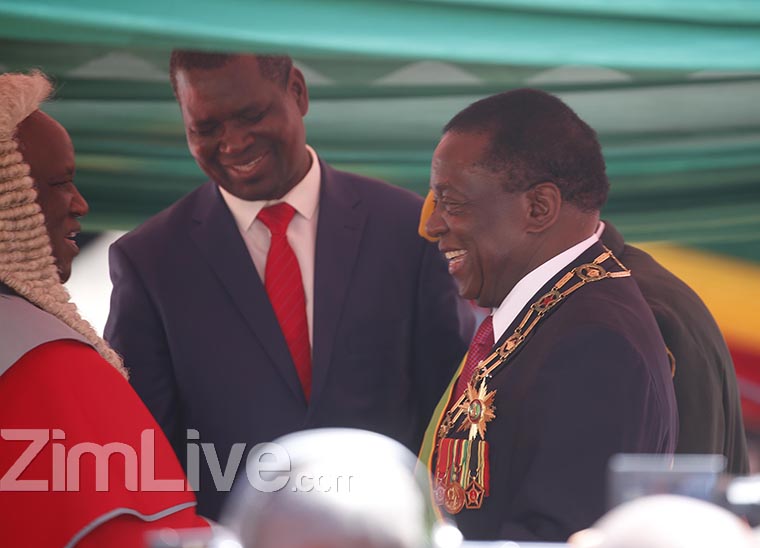HARARE – Zimbabwe’s gold-backed currency now has more than 100 percent reserve cover and is stable, according to the central bank, but doubts over its credibility remain, underscored by a persistent premium in the parallel market.
The Reserve Bank of Zimbabwe on Monday kept its benchmark rate unchanged at 35 percent, citing a stable exchange rate, opens new tab as one of the reasons, and reported total reserves of $701 million. The bank said the portion of transactions carried out using the Zimbabwe Gold (ZiG) currency surged to 43 percent in May from 26 percent in April 2024, the month it was introduced.
Decades of economic instability and currency devaluations mean most people still use the U.S. dollar for most purchases. But the authorities are hoping the ZiG’s gold backing will give Zimbabweans the confidence to adopt it for everyday transactions.
“ZiG is our national currency, and as the central bank, we are committed to ensuring its success by maintaining all the fundamental characteristics of sound money, including its function as a reliable store of value,” Reserve Bank Governor John Mushayavanhu wrote in response to Reuters’ questions.
“The Reserve Bank has learned from previous currency failures that maintaining optimum money supply and ensuring monetary stability is vital,” he added.
Despite the bank’s assurances, the gap between the official exchange rate and parallel market rate remains about 20 percent.
“The rate has been stable for more than three months,” said black-market trader Pearson Tambudze, attributing the stability to a scarcity of the local currency rather than restored confidence.
“There isn’t a lot of ZiG in the market,” he said.
The International Monetary Fund has welcomed the ZiG’s stability but is urging Zimbabwe to adopt tighter money-growth limits, a more transparent foreign exchange market and to make progress on clearing an estimated $12.2 billion in external arrears.
Finance Minister Mthuli Ncube, meanwhile, expressed hope last month that currency stability and appropriate monetary policy would enable Zimbabwe to raise $2.6 billion in bridge finance by mid-2026.
Investors, however, remain cautious.
“We wouldn’t invest in Zimbabwe at the current stages. The country needs to have a lot more development before we would consider it,” said Jetro Siekkinen at LGT Capital Partners.
Economists also flagged concerns over Zimbabwe’s reserve cushion, which stands at 0.8 months of import cover, well short of the IMF’s recommended three-month safety net.
“In terms of priority, I would consider the clearance of arrears with multilateral creditors to be most important,” said Lyle Begbie, an economist at Oxford Economics.
Two earlier IMF staff-monitored programmes collapsed within 15 months, and Begbie predicted similar outcomes for future efforts.
“Ultimately, we are likely years away from the IMF providing concessional financing to Zimbabwe, even if the country does everything right, which itself is not likely,” he said. – Reuters

